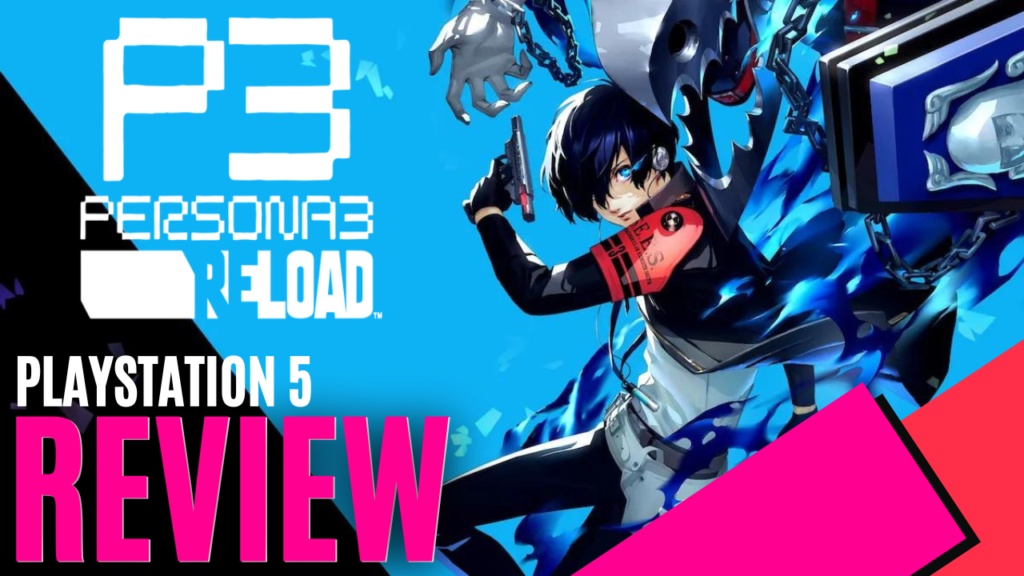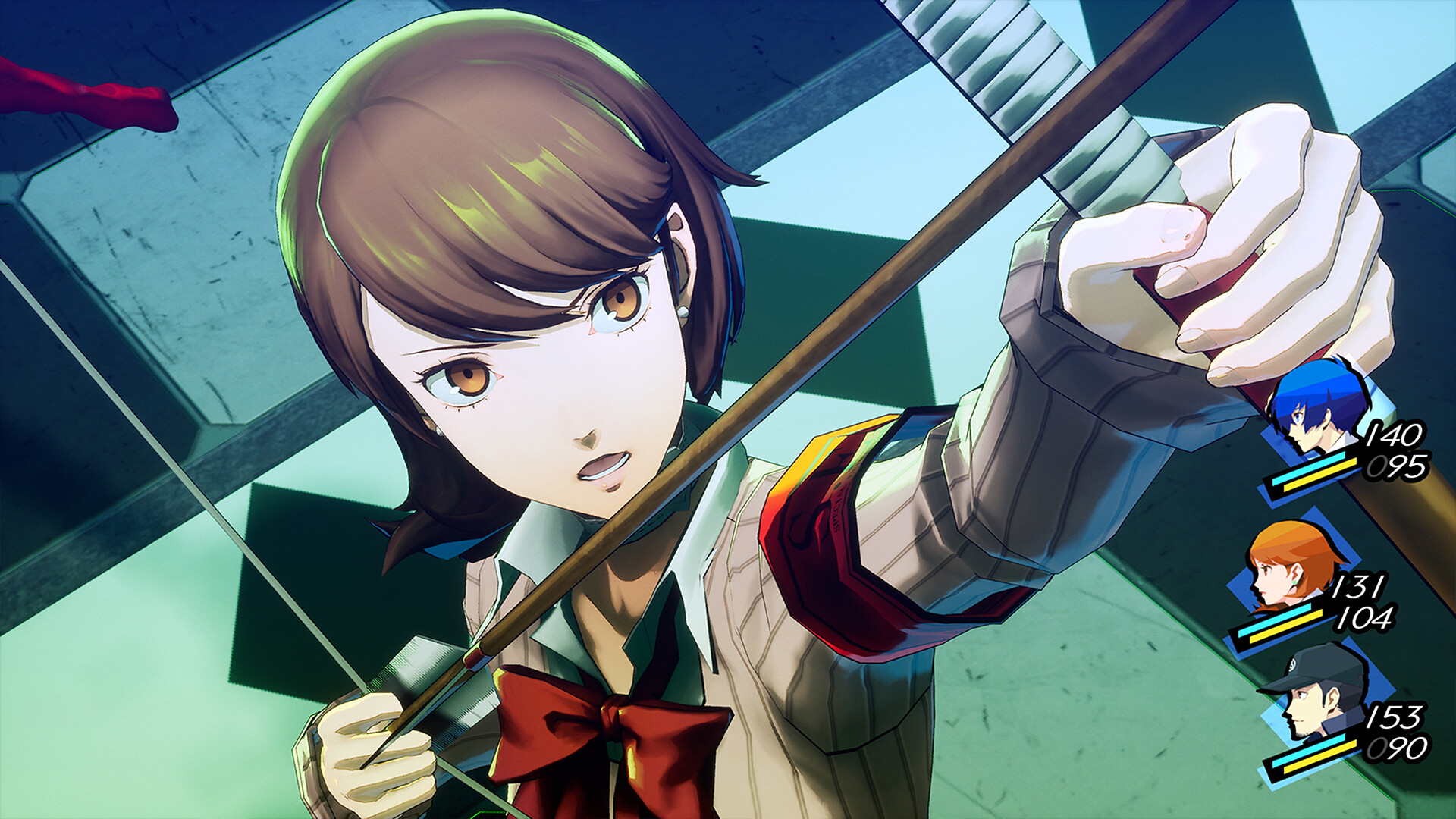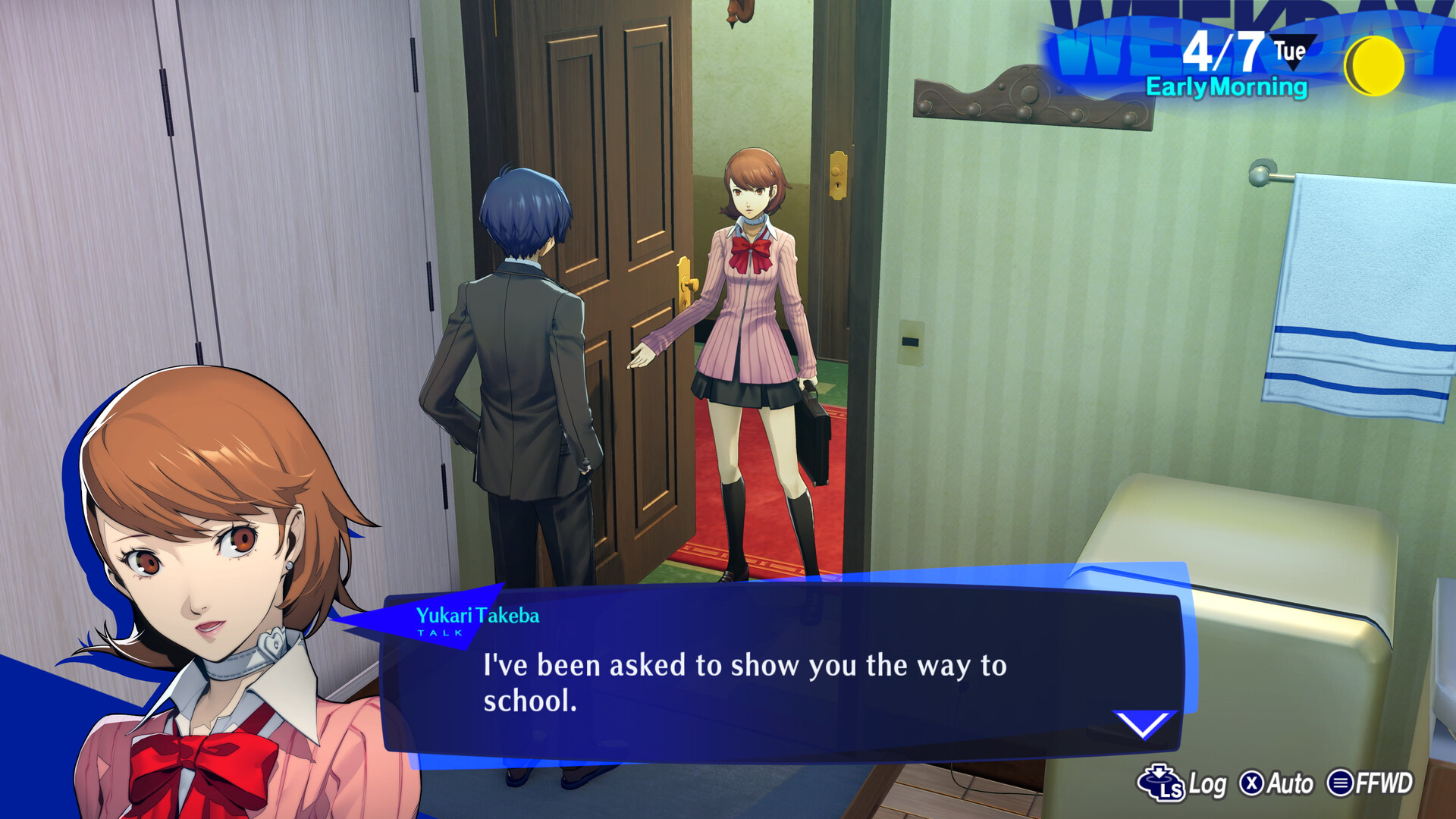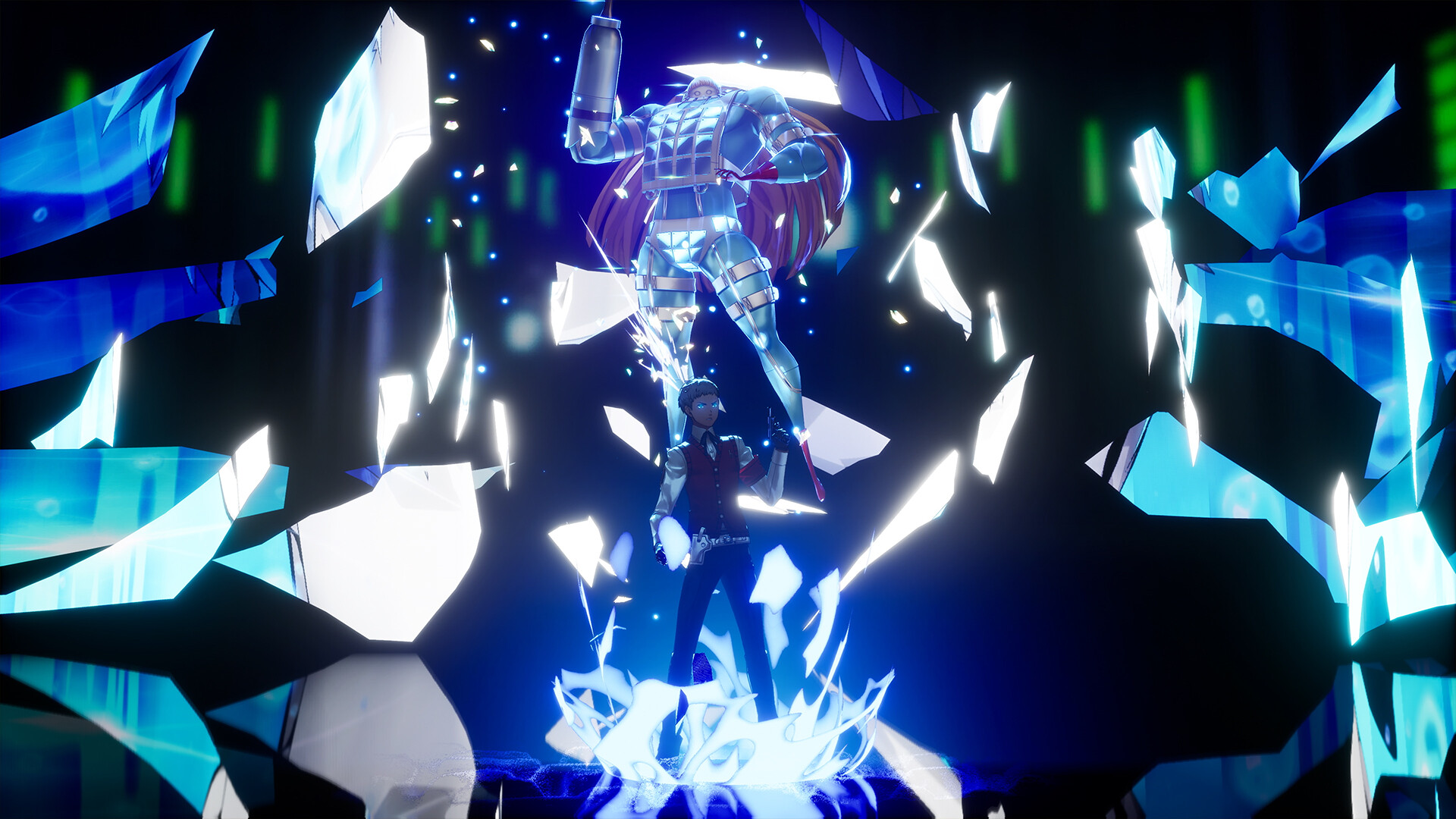
Some games have timeless appeal. ATLUS and P Studio’s phenomenal JRPG, Persona 3, released on PlayStation 2 in 2006, is one of those games. Fast-forward to now, and Persona 3 Reload is ready to bring it to modern gaming, completely remade, revamped, and ready to rumble. I eagerly booted up Persona 3 Reload onto my PlayStation 5, and from the very moment the title screen played, I knew I was in for a good time.
An anime-style cutscene gives a sneak peek of the Specialized Extracurricular Execution Squad (S.E.E.S) and sets the overall mood. The super catchy “Full Moon, Full Life” plays and is instant hype material for what’s to come.
It’s a massive step up from the OG Persona 3, with updates to graphics and gameplay, and quality of life improvements, taking cues from the hugely successful Persona 5, released in 2016, with striking graphics, an incredibly unique stylised user interface, reworked battle systems, new sound design, and more. Persona 3 Reload did not come to play; it came to slay.
A transfer student arrives at Tatsumi Port Island, and fresh off the train, it’s already clear everything isn’t bright skies and happy days. It’s a gloomy night, drenched in a strange green moonlight, and for some reason, there are coffins littered across the streets – not a great omen. Your protagonist, whatever you wish to name them, goes about their day; attending school, engaging in activities, and hanging out with friends and potential love interests.
Daily life involves filling in your schedule by boosting social and academic skills, and there’s plenty to fill in the time. Social link events return with the introduction of social events with the boys. The squad members are incredibly endearing, with storylines that develop as you build your bonds, and the chances to woo the ladies with charm and intellect are mighty tempting.

It’s not all a slice-of-life JRPG experience; the Persona series is no stranger to going to unnerving places. Our squad’s main objective is to unveil the mysteries of the ominous event, The Dark Hour. During these peculiar moments, shadows lurk and inflict the people of Tatsumi Port Island with Apathy Syndrome, effectively turning them into beings devoid of hope and willpower.
Persona 3 can get into some deep and confronting subject matter, like love, loss, and grief, but it’s all handled with respect, and it gives a decent amount of warning before the game begins. The remake brings in some extra scenes and new events exploring various topics.
Persona 3 Reload isn’t limited to social activities; the team must travel into an otherworldly realm to save the day. Tartarus acts as the ongoing dungeon in Persona 3 Reload. Levels are filled with treasures and surprises but also Shadows – the malicious forces responsible for the town’s impending doom.
Persona 3’s battle system has been modernised, making this turn-based combat much more lively than its old-school counterpart, and Persona 5’s team All-Out Attack returns, alongside individual characters’ powerful charged Theurgy abilities, leading to some epic finishers. Team composition significantly impacts success; unlike the original game, the player can now control teammates to turn the tides of battle.
If you’re a fan of the series, like myself, you know the drill. Personas, the physical manifestations of the human psyche, can be summoned to fight against the shadows. Heaps of Personas can be obtained, each with powerful offensive and defensive skills, and most will look familiar to players of the series, but it was always exciting when I encountered a new type or managed to capture or fuse one of my own. Personas can be obtained in Tartarus during Shuffle Time, and this post-battle reward system presents players with cards that unlock Personas alongside other goodies, like EXP boosters or extra money.

This isn’t the only way to add to your collection; Personas can be managed in the Velvet Room, and Fusions allow the melding of Personas to create new ones. I was a fan of the catching mechanic from Persona 5, which involved negotiating with the Personas after beating them within an inch of their lives. Out-of-dungeon actions, such as increasing bonds with the corresponding tarot-type character, also boost a Persona’s powers for another lovely little reward.
Combat is no doubt fun, with Personas providing plenty of ways to approach situations. Learning each enemy type’s weaknesses and strengths can make battles go quickly, but the post-battle screens tend to drag out. There’s a fast-forward option for fights, letting the team auto-attack with their weapons, however, it was usually safer to play out the combat myself, using Personas to my advantage, and keeping an eye on the party’s health.
Dungeon floors and combat tend to get repetitive, but when I was in a decent flow, the need for “just one more floor” took over. It’s usually enjoyable enough, thanks to the relatively small areas with many treasures and enemies, but it’s not too hard to take a break either; every few floors, there’s a teleporter to head on out. I generally found it easier to smash through as much of a dungeon as possible in fewer visits, freeing up my schedule for extracurricular activities in the world outside of Tartarus.
The role of both student and hero is a lot to manage, but the balance between combat and more chill moments works. Of course, time management is a huge factor. Most activities take up a decent chunk of the day, so mowing through the calendar can happen quickly, but strategically prioritising items in your schedule will make the most of your days. I used the online functionality to see how other Persona players spent their days to check the best activities to prioritise.

There are plenty of opportunities to fight or chill with friends and leave Tartarus behind for a break. It’s easy to get caught up in a “one day more” mentality, especially considering how quickly days can be powered through, however, it took around 5 hours for the main story to begin to pick up speed, but the content during that period served more to build up a strong base for the game rather than filler tasks.
Persona 3 Reload brings a brand-new English and Japanese voice cast – an incredibly talented bunch who capture each character perfectly. There’s a mix of brand-new tracks, reprisals of the original score, and a brand-new vocalist. From the catchy earworm of a battle theme, “It’s Going Down”, to my favourite, “Colour Your Night”, which plays as I cruise around town, the soundtrack captures the overall feel of the original but amps it up. It’s a great mix of upbeat pop and rap tracks, some rock, and a touch of more experimental content, making dungeoneering and socialising all the more enjoyable.
I played on PlayStation 5, and while there’s no adaptive controller implementation, it isn’t necessary. The controls are intuitive to any Persona or RPG player, with standard movement controls, turn-based battle HUD, and the insanely well-designed menu that serves a fierce look and function. There are minimal settings options, but they’re unnecessary. The graphics and performance were flawless.
Combat is relatively forgiving; as long as the protagonist is kept alive and you’re well prepared with support Personas and items, most situations can be handled. If your hero does happen to die, players are given the option to lower the difficulty. The new rewind feature lets players return to a slightly earlier point, especially useful in certain social situations.
Persona 3 Reload proves you can save the world and still have a social life, but it may just replace your actual social life if you get too invested. A faithful recreation, a slick new style, and minor improvements make it a slice of the past that feels like a completely new title. Persona 3 Reload is something that story-driven gamers and JRPG players won’t want to miss.

The Good
- Faithful remake of the original Persona 3
- Striking updated graphics, catchy music and quality of live improvements
- Addictive, enjoyable JRPG gameplay
The Bad
- Dungeons areas and combat can get repetitive
- It takes a while for the story to pick up








